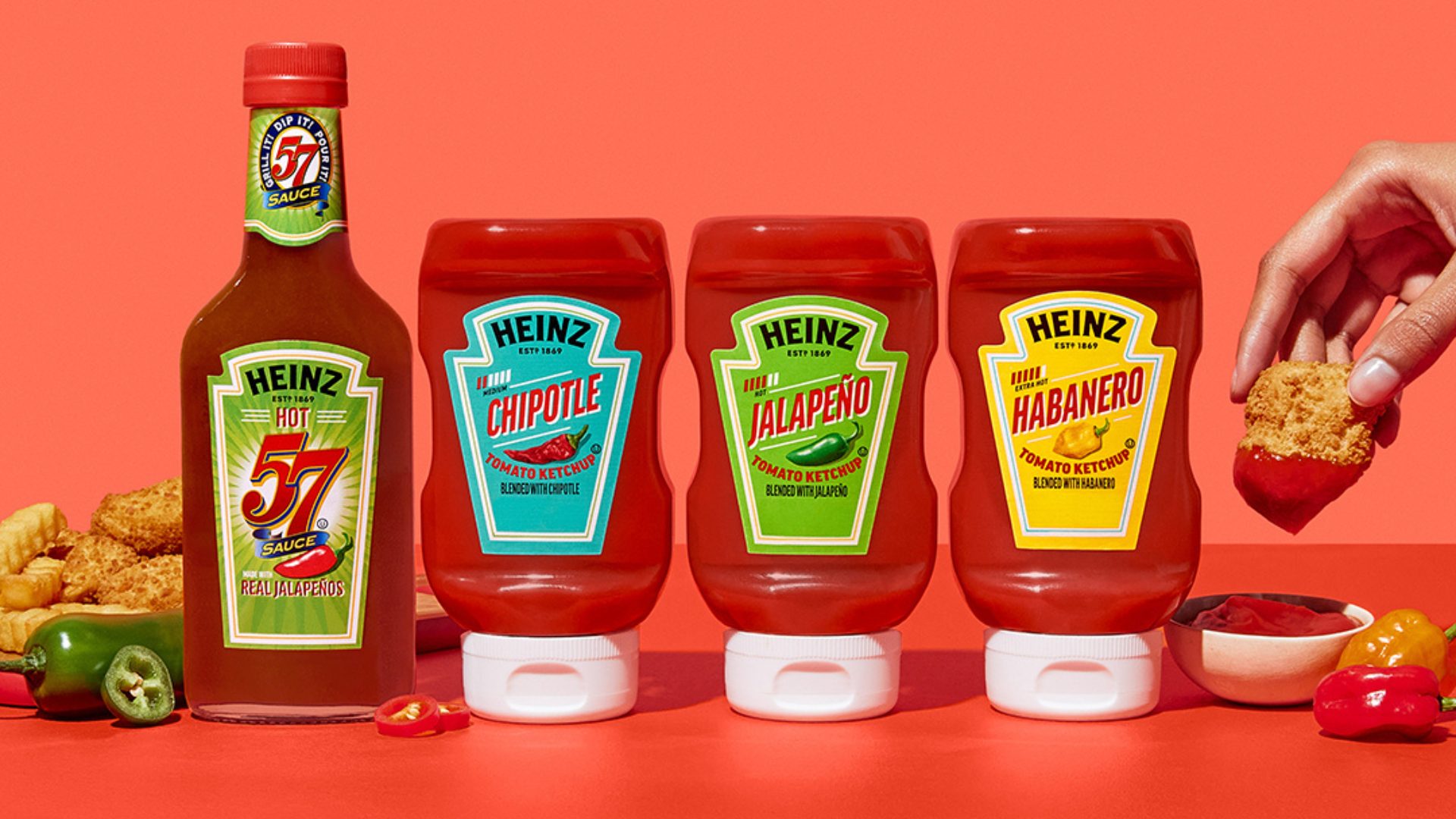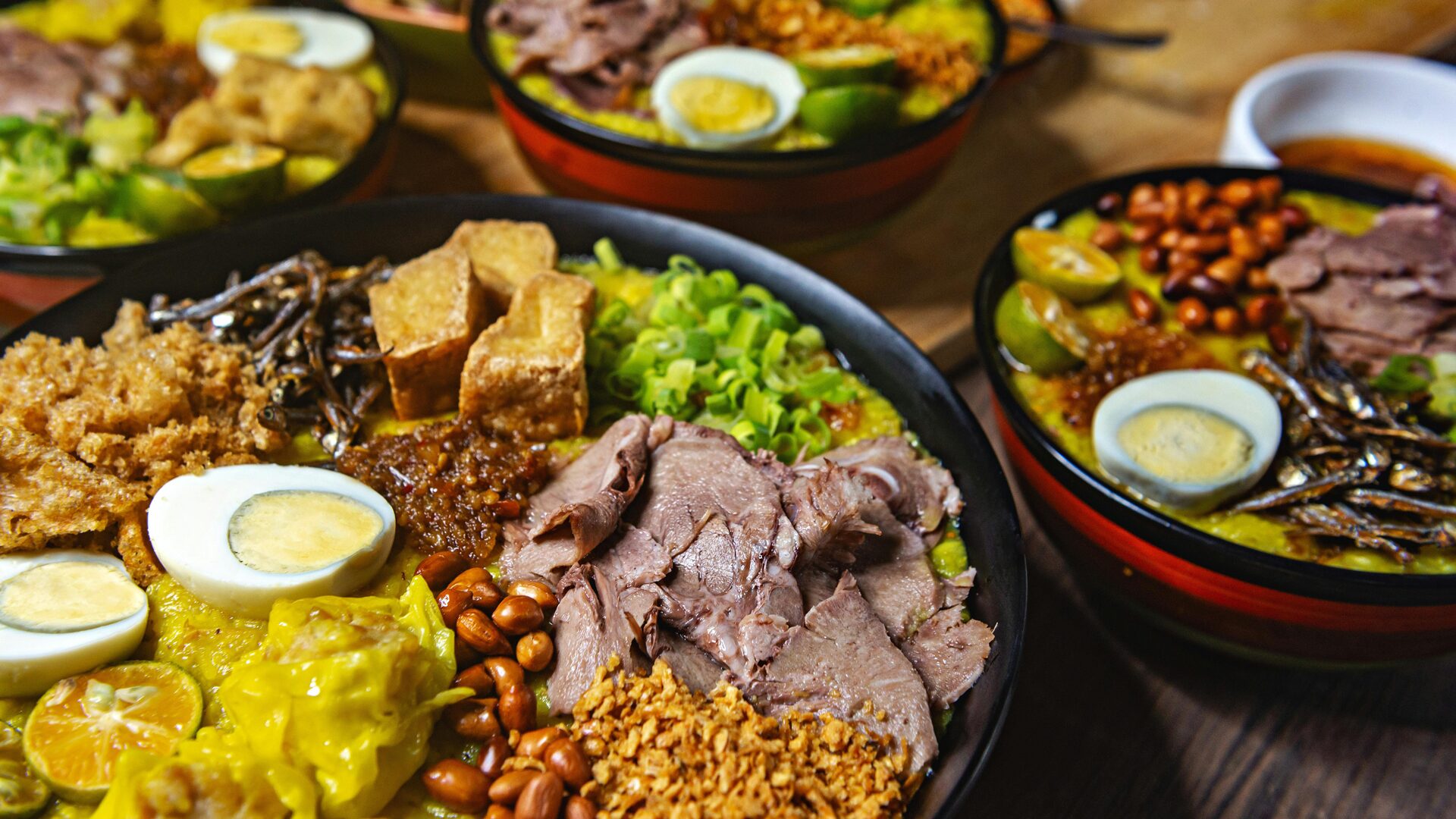When you’re walking down the grocery aisle lately, dining at your favorite restaurant, or scrolling through social media, you probably notice two brands coming together in a product that unexpectedly catches your attention. This is the power of brand collaboration.
When brands collaborate, they tap into each other’s customer bases and brand equity. This synergy allows both businesses to reach a broader audience that may not have otherwise been exposed to their products or services, increasing brand visibility and enhancing brand value.
“Brand collaborations are growing in popularity because they’re a royalty-free way for brands to reach new but relevant audiences,” explained Claudine Harris, CEO of brand matchmaking company Miai.
Collaboration “is a credible way for brands to grow their exposure, which can lead to increased sales, too – this makes them something of a no-brainer,” the CEO said.
Why Brands Tap into Brand Collaboration
One of the key reasons brand collaborations are so impactful is that they complement the strengths of two brands. Established brands seek to stay modern, often borrowing innovative qualities from startup brands to remain relevant. This strategy is powerful because it allows well-known brands like Oreo to maintain their appeal in a rapidly evolving market.
For startup brands, collaborations provide scale, press, and visibility, significantly boosting their market presence. A prime example is the limited-edition ice cream collaboration between Van Leeuwen and Kraft Macaroni & Cheese. This partnership not only brought a unique product to consumers but also leveraged Kraft’s extensive reach and Van Leeuwen’s artisanal appeal, creating a buzz that benefited both brands.
Many brands are successfully pushing the boundaries of creativity to gain consumers’ attention.
Emerging Brands Unite
Startup brands are increasingly turning to this form of marketing. A prime example is the collaboration between Fishwife, a modern seafood company, and Fly By Jing, known for its Sichuan-inspired flavors. This partnership brought together the unique strengths of both brands to create a spicy, smoked salmon product that combines Fishwife’s seafood with Fly By Jing’s signature spice blend, offering a novel culinary experience.
Another great example is Oishii, a company known for its vertically farmed strawberries, which has made partnerships a core part of its brand DNA. Oishii has a dedicated section on its website for partnerships, showcasing collaborations with a range of innovative brands, including some of the best bakeries in NYC like Lafayette Bakery and Cloudy Donut. These collaborations expand Oishii’s brand footprint, demonstrating how strategic partnerships can elevate brand visibility and appeal in diverse markets.
Fashion and Food Collabs
Recently, Erewhon, a high-end organic grocery store, collaborated with Balenciaga, the luxury fashion house, to create an exclusive product line in which prices for hoodies are selling around $1,500. This collaboration garnered significant attention for blending the worlds of luxury fashion and premium grocery items, emphasizing the unique and aspirational aspects of both brands. The partnership was widely discussed across social media and fashion forums.
Another notable collaboration occurred between Tim Hortons and Adidas. The Canadian coffee chain and the global sportswear giant created limited-edition merchandise, including branded sneakers and apparel.
Celebrity Collabs
Celebrity collaborations are probably the most iconic but can be the riskiest depending on the star a brand partners with. A highly successful example is the “Timbiebs” and “Biebs Brew” collaboration between Justin Bieber and Tim Hortons.
This partnership brought together two Canadian icons: Justin Bieber, a pop superstar, and Tim Hortons. The collaboration featured special menu items like Timbiebs Timbits and Biebs Brew cold brew coffee, which resonated with fans of both Bieber and the coffee chain. The success of this collaboration lies in its cultural relevance and the strong emotional connection between the celebrity and the brand.
Are Brand Collabs Right for Your Brand?
The purpose of collaborating with other brands is multifaceted. There are three main questions to consider.
- What’s the purpose of the collab? Is the purpose to enhance brand awareness and generate media coverage? Also, do the brand builders need to delight their existing customer base by offering unique products or experiences? These are key considerations.
- What’s the strategic objective? Brand builders need to carefully consider the strategic objectives they want to achieve. Whether it’s introducing a new product line, creating a limited-edition offering, or partnering with a well-known brand, each decision is driven by brand builders’ specific marketing goals. It’s crucial to ask the right questions up front.
- Does the prospective partner share the same value? Brand builders need to prioritize compatibility in brand personality, aesthetics, and tone. This alignment ensures a seamless integration of products or services, enhancing the overall appeal to their shared customer base. The complementary nature of the products involved can strengthen the value proposition for both brands, fostering long-term success.
About the author: Joseph Chen is the CEO of research management and insight consultancy Leo & Dragon, and previously worked for the likes of Mondelez International, McDonald’s, Hershey, Unilever, and Kraft.
The Food Institute Podcast
Tom Hamill, a food and beverage senior analyst for RSM US LLP, joined The Food Institute Podcast to recap the 2024 Summer Fancy Food Show. Hamill shares his thoughts on burgeoning trends from the show and how emerging specialty food brands can best navigate economic factors in the years to come.












